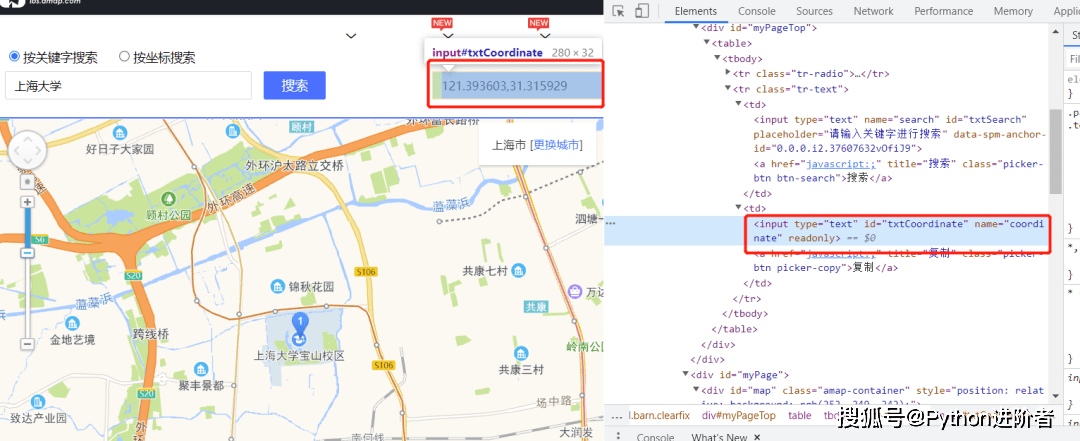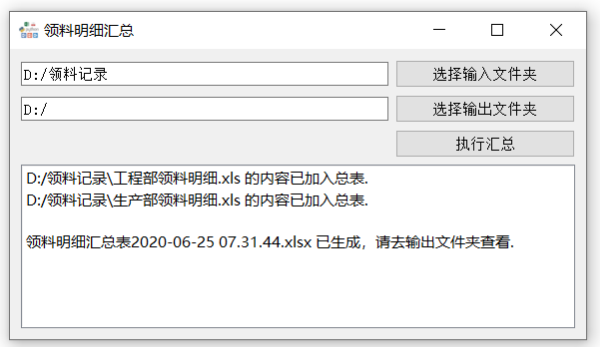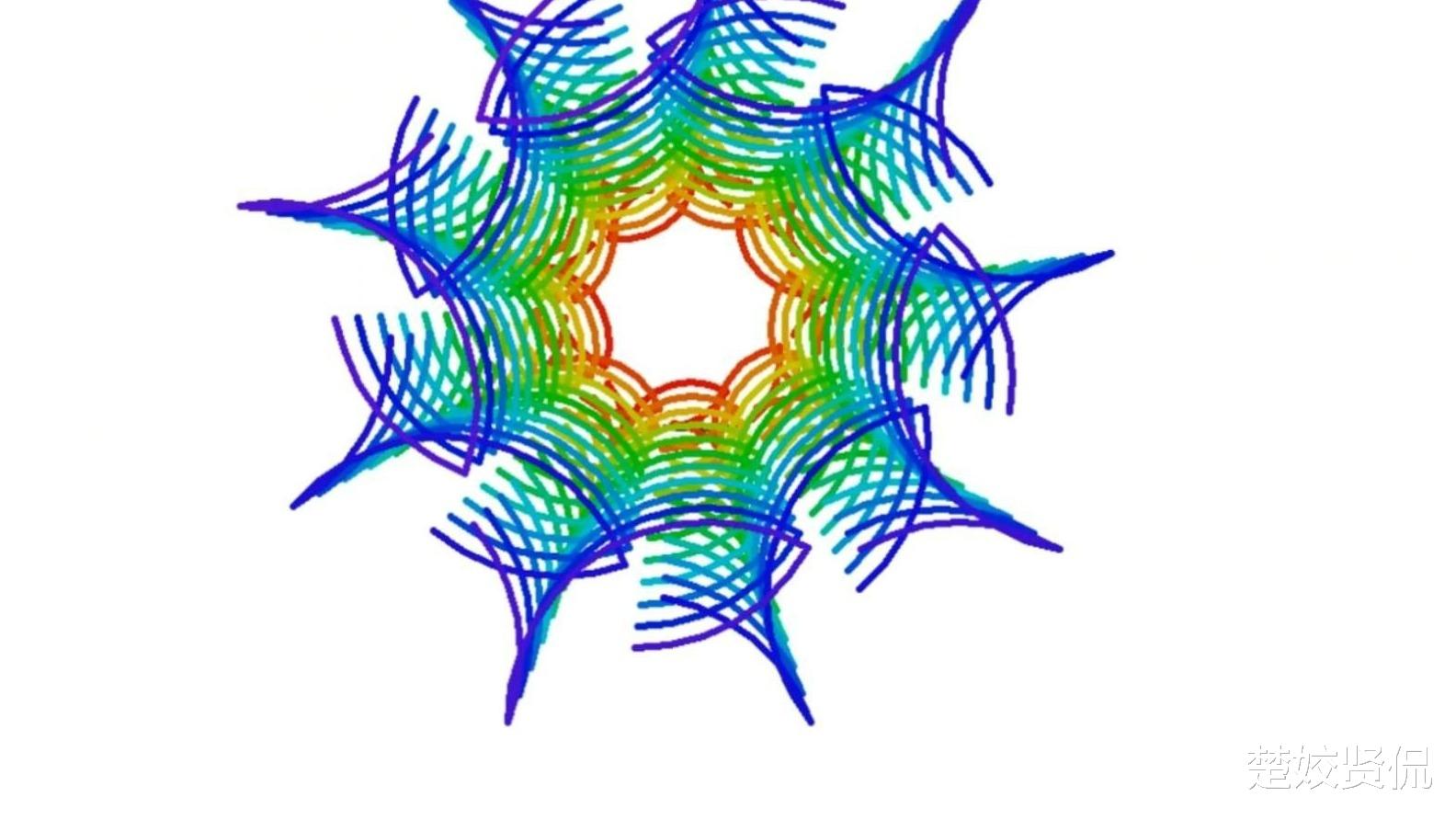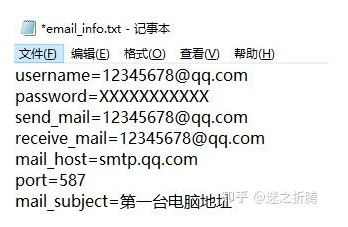提效工具-python解析xmind文件及xmind用例统计
前言
每个公司都有一个维护测试case的系统,有自研的也有买的,比如QC, 禅道等等,QA往往习惯使用xmind等思维导图工具来编写测试用例。
因为思路清晰,编写方便,那么这就有一个问题,大多数公司要求所有的case都要导入到系统统一维护,然而系统对xmind的支持并不友好,或者根本不支持,就我们目前的情况来说,系统支持导入xmind文件导入,但是导入后所有的用例都是乱的,而且没有测试步骤,没有预期结果等等问题,因此针对这一痛点,便诞生了今天的小工具,虽然这个工具只能解决我的问题,但是里面有大家可以学习参考的地方,希望对你有帮助,那么我的目的就达到了。
一、工具源码
"""
import tkinter as tk
from tkinter import filedialog, messagebox
import xmind
import os
from xmindparser import xmind_to_dict
class ParseXmind(object):
def __init__(self, root):
self.count = 0
self.case_fail = 0
self.case_success = 0
self.case_block = 0
self.case_priority = 0
# total汇总用
self.total_cases = 0
self.total_success = 0
self.total_fail = 0
self.total_block = 0
self.toal_case_priority = 0
# GUI
root.title('Xmind用例个数统计及文件解析')
width = 760
height = 600
xscreen = root.winfo_screenwidth()
yscreen = root.winfo_screenheight()
xmiddle = (xscreen - width) / 2
ymiddle = (yscreen - height) / 2
root.geometry('%dx%d+%d+%d' % (width, height, xmiddle, ymiddle)) # 窗口默认大小
# 3个frame
self.frm1 = tk.Frame(root)
self.frm2 = tk.Frame(root)
self.frm3 = tk.Frame(root)
# 布局
self.frm1.grid(row = 1, padx = '20', pady = '20')
self.frm2.grid(row = 2, padx = '30', pady = '30')
self.frm3.grid(row = 0, padx = '40', pady = '40')
self.lable = tk.Label(self.frm3, text = "Xmind文件完整路径")
self.lable.grid(row = 0, column = 0, pady = '5')
self.file_path = tk.Entry(self.frm3, bd = 2)
self.file_path.grid(row = 0, column = 1, pady = '5')
def get_full_file_path_text():
"""
获取xmind文件完整路径
:return:
"""
full_xmind_path = self.file_path.get() # 获取文本框内容
# 简单对输入内容做一个校验
if full_xmind_path == "" or "xmind" not in full_xmind_path:
messagebox.showinfo(title = "warning", message = "xmind文件路径错误!")
try:
self.create_new_xmind(full_xmind_path)
except FileNotFoundError:
pass
else:
xmind_file = full_xmind_path[:-6].split("/")[-1] # xmind文件名,不带后缀
path_list = full_xmind_path[:-6].split("/") # xmind文件用/分割后的一个列表
path_list.pop(0)
path_list.pop(-1)
path_full = "/" + "/".join(path_list) # xmind文件的目录
new_xmind_file = "{}/{}_new.xmind".format(path_full, xmind_file) # 新的xmind文件完整路径
messagebox.showinfo(title = "success", message = "已生成新的xmind文件:{}".format(new_xmind_file))
# 页面的一些空间的布局
self.button = tk.Button(self.frm3, text = "提交", width = 10, command = get_full_file_path_text, bg = '#dfdfdf')
self.button.grid(row = 0, column = 2, pady = '5')
self.but_upload = tk.Button(self.frm1, text = '上传xmind文件', command = self.upload_files, bg = '#dfdfdf')
self.but_upload.grid(row = 0, column = 0, pady = '10')
self.text = tk.Text(self.frm1, width = 55, height = 10, bg = '#f0f0f0')
self.text.grid(row = 1, column = 0)
self.but2 = tk.Button(self.frm2, text = "开始统计", command = self.new_lines, bg = '#dfdfdf')
self.but2.grid(row = 0, columnspan = 6, pady = '10')
self.label_file = tk.Label(self.frm2, text = "文件名", relief = 'groove', borderwidth = '2', width = 25,
bg = '#FFD0A2')
self.label_file.grid(row = 1, column = 0)
self.label_case = tk.Label(self.frm2, text = "用例数", relief = 'groove', borderwidth = '2', width = 10,
bg = '#FFD0A2').grid(row = 1, column = 1)
self.label_pass = tk.Label(self.frm2, text = "成功", relief = 'groove', borderwidth = '2', width = 10,
bg = '#FFD0A2').grid(row = 1, column = 2)
self.label_fail = tk.Label(self.frm2, text = "失败", relief = 'groove', borderwidth = '2', width = 10,
bg = '#FFD0A2').grid(row = 1, column = 3)
self.label_block = tk.Label(self.frm2, text = "阻塞", relief = 'groove', borderwidth = '2', width = 10,
bg = '#FFD0A2').grid(row = 1, column = 4)
self.label_case_priority = tk.Label(self.frm2, text = "p0case", relief = 'groove', borderwidth = '2',
width = 10, bg = '#FFD0A2').grid(row = 1, column = 5)
def count_case(self, li):
"""
统计xmind中的用例数
:param li:
:return:
"""
for i in range(len(li)):
if li[i].__contains__('topics'): # 带topics标签意味着有子标题,递归执行方法
self.count_case(li[i]['topics'])
else: # 不带topics意味着无子标题,此级别既是用例
if li[i].__contains__('makers'): # 有标记成功或失败时会有makers标签
for mark in li[i]['makers']:
if mark == "symbol-right": # 成功
self.case_success += 1
elif mark == "symbol-wrong": # 失败
self.case_fail += 1
elif mark == "symbol-attention": # 阻塞
self.case_block += 1
elif mark == "priority-1": # 优先级
self.case_priority += 1
self.count += 1 # 用例总数
def new_line(self, filename, row_number):
"""
用例统计表新增一行
:param filename:
:param row_number:
:return:
"""
# 调用Python/ target=_blank class=infotextkey>Python中xmind_to_dict方法,将xmind转成字典
sheets = xmind_to_dict(filename) # sheets是一个list,可包含多sheet页;
for sheet in sheets:
print(sheet)
my_list = sheet['topic']['topics'] # 字典的值sheet['topic']['topics']是一个list
# print(my_list)
self.count_case(my_list)
# 插入一行统计数据
lastname = filename.split('/')
self.label_file = tk.Label(self.frm2, text = lastname[-1], relief = 'groove', borderwidth = '2', width = 25)
self.label_file.grid(row = row_number, column = 0)
self.label_case = tk.Label(self.frm2, text = self.count, relief = 'groove', borderwidth = '2', width = 10)
self.label_case.grid(row = row_number, column = 1)
self.label_pass = tk.Label(self.frm2, text = self.case_success, relief = 'groove', borderwidth = '2',
width = 10)
self.label_pass.grid(row = row_number, column = 2)
self.label_fail = tk.Label(self.frm2, text = self.case_fail, relief = 'groove', borderwidth = '2', width = 10)
self.label_fail.grid(row = row_number, column = 3)
self.label_block = tk.Label(self.frm2, text = self.case_block, relief = 'groove', borderwidth = '2', width = 10)
self.label_block.grid(row = row_number, column = 4)
self.label_case_priority = tk.Label(self.frm2, text = self.case_priority, relief = 'groove', borderwidth = '2',
width = 10)
self.label_case_priority.grid(row = row_number, column = 5)
self.total_cases += self.count
self.total_success += self.case_success
self.total_fail += self.case_fail
self.total_block += self.case_block
self.toal_case_priority += self.case_priority
def new_lines(self):
"""
用例统计表新增多行
:return:
"""
lines = self.text.get(1.0, tk.END) # 从text中获取所有行
row_number = 2
for line in lines.splitlines(): # 分隔成每行
if line == '':
break
print(line)
self.new_line(line, row_number)
row_number += 1
# total汇总行
self.label_file = tk.Label(self.frm2, text = 'total', relief = 'groove', borderwidth = '2', width = 25)
self.label_file.grid(row = row_number, column = 0)
self.label_case = tk.Label(self.frm2, text = self.total_cases, relief = 'groove', borderwidth = '2', width = 10)
self.label_case.grid(row = row_number, column = 1)
self.label_pass = tk.Label(self.frm2, text = self.total_success, relief = 'groove', borderwidth = '2',
width = 10)
self.label_pass.grid(row = row_number, column = 2)
self.label_fail = tk.Label(self.frm2, text = self.total_fail, relief = 'groove', borderwidth = '2', width = 10)
self.label_fail.grid(row = row_number, column = 3)
self.label_block = tk.Label(self.frm2, text = self.total_block, relief = 'groove', borderwidth = '2',
width = 10)
self.label_block.grid(row = row_number, column = 4)
self.label_case_priority = tk.Label(self.frm2, text = self.toal_case_priority, relief = 'groove',
borderwidth = '2',
width = 10)
self.label_case_priority.grid(row = row_number, column = 5)
def upload_files(self):
"""
上传多个文件,并插入text中
:return:
"""
select_files = tk.filedialog.askopenfilenames(title = "可选择1个或多个文件")
for file in select_files:
self.text.insert(tk.END, file + 'n')
self.text.update()
@staticmethod
def parse_xmind(path):
"""
xmind变为一个字典
:param path:
:return:
"""
dic_xmind = xmind_to_dict(path)
xmind_result = dic_xmind[0]
return xmind_result
def create_new_xmind(self, path):
"""
用原xmind内容新建一个xmind文件
:param path:
:return:
"""
xmind_result = self.parse_xmind(path)
new_xmind_result = self.dict_result(xmind_result)
xmind_file = path[:-6].split("/")[-1]
path_list = path[:-6].split("/")
path_list.pop(0)
path_list.pop(-1)
path_full = "/" + "/".join(path_list)
new_xmind_file = "{}/{}_new.xmind".format(path_full, xmind_file)
print(new_xmind_file)
if os.path.exists(new_xmind_file):
os.remove(new_xmind_file)
xmind_wb = xmind.load(new_xmind_file)
new_xmind_sheet = xmind_wb.getSheets()[0]
new_xmind_sheet.setTitle(new_xmind_result["sheet_topic_name"])
root_topic = new_xmind_sheet.getRootTopic()
root_topic.setTitle(new_xmind_result["sheet_topic_name"])
for k, v in new_xmind_result["data"].items():
topic = root_topic.addSubTopic()
topic.setTitle(k)
for value in v:
new_topic = topic.addSubTopic()
new_topic.setTitle(value)
xmind.save(xmind_wb)
def dict_result(self, xmind_result):
"""
使用原xmind数据构造new_xmind_result
:param xmind_result:
:return:
"""
sheet_name = xmind_result['title']
sheet_topic_name = xmind_result['topic']['title'] # 中心主题名称
new_xmind_result = {
'sheet_name': sheet_name,
'sheet_topic_name': sheet_topic_name,
'data': {}
}
title_list = []
for i in xmind_result['topic']['topics']:
title_temp = i['title']
title_list.Append(title_temp)
result_list = self.chain_data(i)
new_xmind_result['data'][title_temp] = result_list
return new_xmind_result
@staticmethod
def chain_data(data):
"""
原xmind的所有topic连接成一个topic
:param data:
:return:
"""
new_xmind_result = []
def calculate(s, prefix):
prefix += s['title'] + '->'
for t in s.get('topics', []):
s1 = calculate(t, prefix)
if s1 is not None:
new_xmind_result.append(s1.strip('->'))
if not s.get('topics', []):
return prefix
calculate(data, '')
return new_xmind_result
if __name__ == '__main__':
r = tk.Tk()
ParseXmind(r)
r.mainloop()
二、工具打包
目前我打的是mac系统的包,打完包可以放到任意一个mac电脑上使用(windows版本打包可以自行百度,很简单)
1.pip安装py2app
2.待打包文件目录下执行命令py2applet --make-setup baba.py
3.执行命令python setup.py py2app
4.生成的app在dist文件夹内,双击即可运行
三、工具界面
四、工具功能
1.格式化xmind测试case
2.统计xmind测试case通过,失败,阻塞,p0级case数量
五、工具使用
1.xmind格式化
输入框需要输入xmind文件的完整路径->点击[提交]->生成新的xmind文件(新文件与原始xmind在一个目录下)->新的xmind导入aone(我们目前的用例管理工具)即可
2.用例统计
xmind用例标记规则
标记表示p0级别case
标记表示p0级别case
标记表示执行通过case
标记表示执行失败case
标记表示执行阻塞case
3.开始统计
上传xmind文件(支持上传多个xmind文件)->点击[开始统计]->展示成功,失败,阻塞,p0case统计数
六、工具效果
1.xmind格式化及导入aone
原xmind文件测试case
导入aone效果
导入后的测试case名称混乱,很难按照这种格式来执行测试,如果不经过修改无法作为业务测试的沉淀,更不用说其他人用这样的测试case来进行业务测试了
格式化后的xmind测试case
工具把所有的xmind 的节点进行了一个拼接,这样看起来case的步骤也清晰很多
导入aone
aone上展示的用例名称,可以显示完整的case的执行步骤,不需要再在case内部补充测试步骤,也不需要做多余的case维护
2.用例统计
总结
今天的文章就到这里了哟喜欢的小伙伴可以点赞收藏评论加关注哟。




























